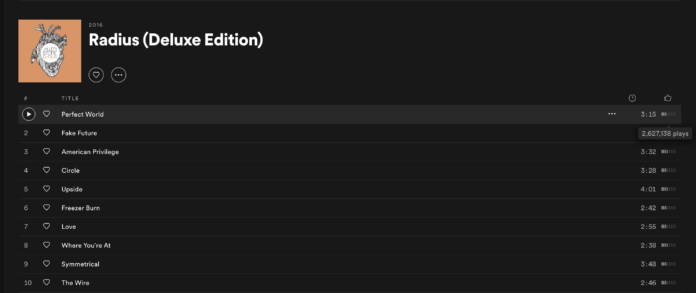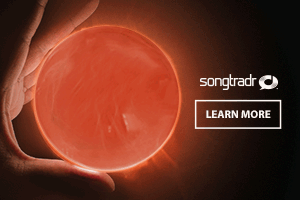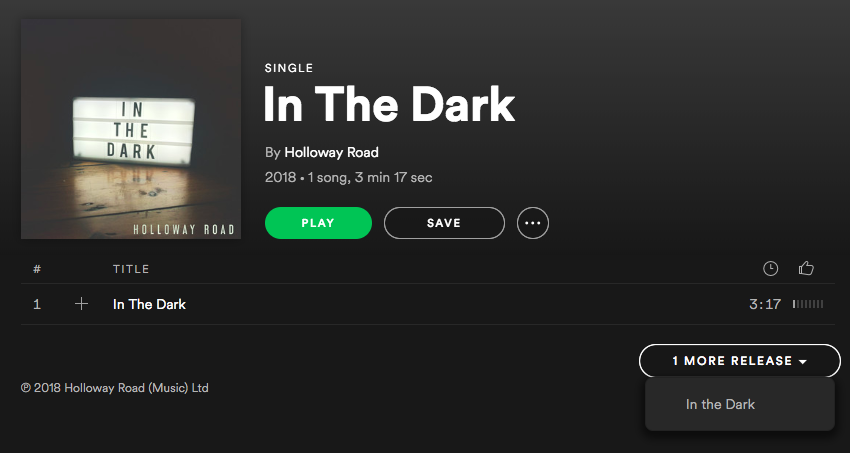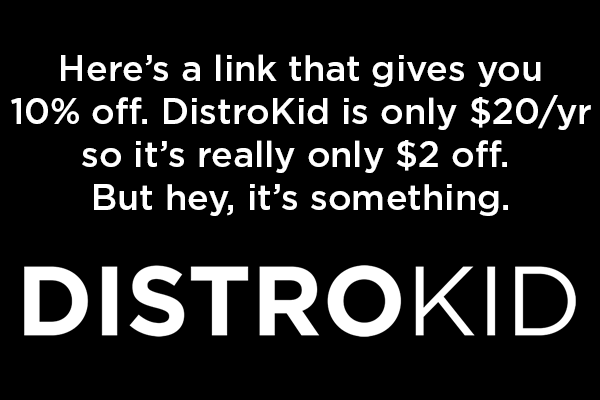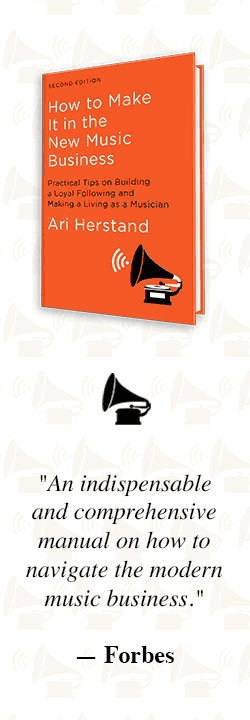When my high school band released our very first (and only… RIP Jahaziwoga) CD, there was one game in town to get it sold online.
That was CD Baby. Shortly after, they were the first and only company that allowed self-released artists to get their music into iTunes. Maintaining a modest signup fee and tiny commission, it was quite the deal to get into the #1 music store in the world without a label. Then Tunecore barreled in offering commission-less distribution (with heftier fees). Then there were two games in town. But now, well, there are so many distributors for indie artists and labels that it’s hard to keep up. I keep an updated comparison of 16 of the biggest independent distribution companies, but more pop up every day and it’s even hard for me to keep up.
Maybe you distributed your first band’s album with Tunecore 5 years ago because at the time you thought the album was going to take over the world and $50 a year seemed like nothing when you were going to be making millions off of it and the 0% commission seemed way more attractive at the time. But now that the band has been broken up for 4 years you really don’t want to keep paying that $50 annual fee. It may be worth switching. Or maybe Ditto f’d up your releases for the very last time and you just need to get out of their system. Or maybe your songs got included in a bunch of playlists and you’re starting to make some serious cash and AWAL’s 15% commission is really starting to add up and now you have to pay your producer and other collaborators their proper cuts and the accounting is just too much of a headache so you decide you want to switch to DistroKid for their 0% commission and automatic payment splitting. Or maybe your laptop just crashed and you need to distribute your music via your phone so you need to switch to Amuse.
How can you do this without losing your play counts or getting removed from playlists?
A few years ago, this was actually quite challenging and there were no guarantees it would work. If you’re making some serious dough from a few of your songs which are included on hot playlists – you definitely want to make sure you do this correctly so you don’t lost the playlisting slots, losing potentially boat loads of money.
+11 Ways To Get Hired for (or Fired From) the Second Gig
Most distributors have their own instructions on how to do this and after helping a few artists do this with various distributors, researching all the distributors’ (and Spotify’s) FAQ, I’ve put together Ari’s Take guide to switching distributors.
Just to be clear, this is about moving your old releases from one distributor to another.
To make sure this process goes smoothly and you don’t lose your stream counts, related artists or playlists, you need to make sure a few key points are met when redistributing a previously released song or album:
- The song titles, artist name and artwork need to be identical
- Audio files need to be identical. Track length and format need to be identical.
- Release type needs to be identical (album, EP, single)
- You must use the original ISRC and UPC numbers (more on this in a moment)
- You must use the original release date
- You want to take down the previous release only AFTER the new one is live on the DSPs (Spotify, Apple Music, etc). You will have a duplicate release up for a couple days – that’s ok. It will say “1 More Release” on Spotify.
What are ISRC and UPC numbers and where do you find them?
ISRC numbers are assigned to each song. UPC numbers are assigned to releases (like albums, EPs or single releases). You will want to grab both the ISRC numbers for the songs and the UPC for the release.
No matter which distributor you use, you will be able to find each song’s ISRC number. Just login to your distributor’s backend, click on the release and you’ll see there will be an ISRC number assigned to each song and the UPC assigned to the full release. If you’re having trouble finding this with your distributor, just write into their customer support and ask where to find it.
+So You Want to Kiss Her During a Songwriting or Recording Session
Copy this ISRC number from your old distributor and paste it into the section where your new distributor asks for the ISRC number. This is super important and it must be done correctly. Don’t accidentally assign song A’s ISRC to song B with your new distributor. Triple check this.
It’s also super important that you don’t miss this step. When distributing a new song, every distributor will assign you an ISRC number if you don’t provide it. Some charge for this, some don’t. And if you’re not looking for this, you’ll miss this step because distributors assume you don’t have ISRC or UPC numbers and they will automatically assign you fresh ones.
Can you distribute a deluxe version or new album with some of the same songs and maintain play counts?
Yes. If you’re distributing a new release – like a deluxe edition with additional tracks, you’ll need to use a new UPC number. Your new distributor will assign this for you. As long as the audio files, track length and titles of the individual tracks are the same, the play counts will link. So even if you keep the old album version up, the songs’ play counts will link. This is how people release singles in advance of albums and the single version’s play counts match the album version’s play counts (and the songs aren’t listed separately in your top songs on Spotify).
+Who is the best digital distribution company for music
Can you redistribute a remastered version of a previous album without losing stream counts or playlists?
Yes. A friend of mine had millions of streams on his first album. But at the time of that release he didn’t know much about production or mastering and actually hadn’t gotten it mastered. It bugged the hell out of him that this super popular album was so quiet and felt flat. So he spent some money, got it properly mastered, redistributed it, took down the old release and all play counts remained the same.
So this is definitely possible. Even though everyone says the audio files need to be identical to retain play counts, they don’t have to be exactly the same. The track length definitely needs to be identical and the format you distributed (wav, AIFF, etc), but if you’re distributing a remastered version, it should be fine.
To make sure that it all worked correctly once you see the (new distributor) release is live on Spotify, check to make sure the play counts are the same on all songs for both releases by hovering over the popularity bar. If it is, you’re good to take down the release from your old distributor. Most distributors have a button to take down a release. Some require you to write in and request it. Some do this for free, some charge for it. Some, I’ve heard, will refuse to do this because they’re pissed you’re deciding to leave coughcoughDITTOcoughcough.
+We Asked Ditto if they payed mechanical royalties. This is what they said…
And wallah! You’re done. You’ll see the play counts remained and you’ve maintained all playlist inclusions. Crisis averted!












